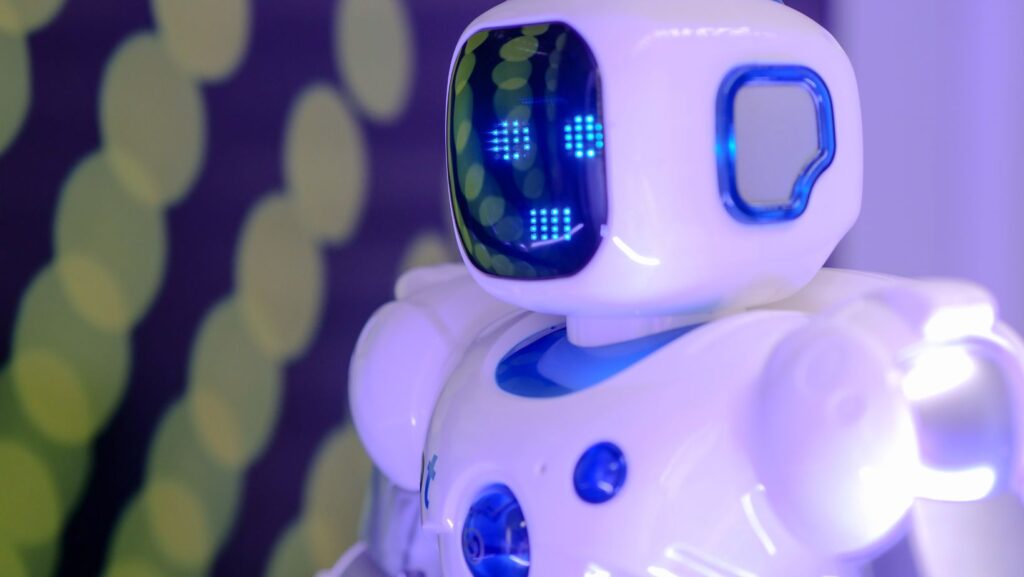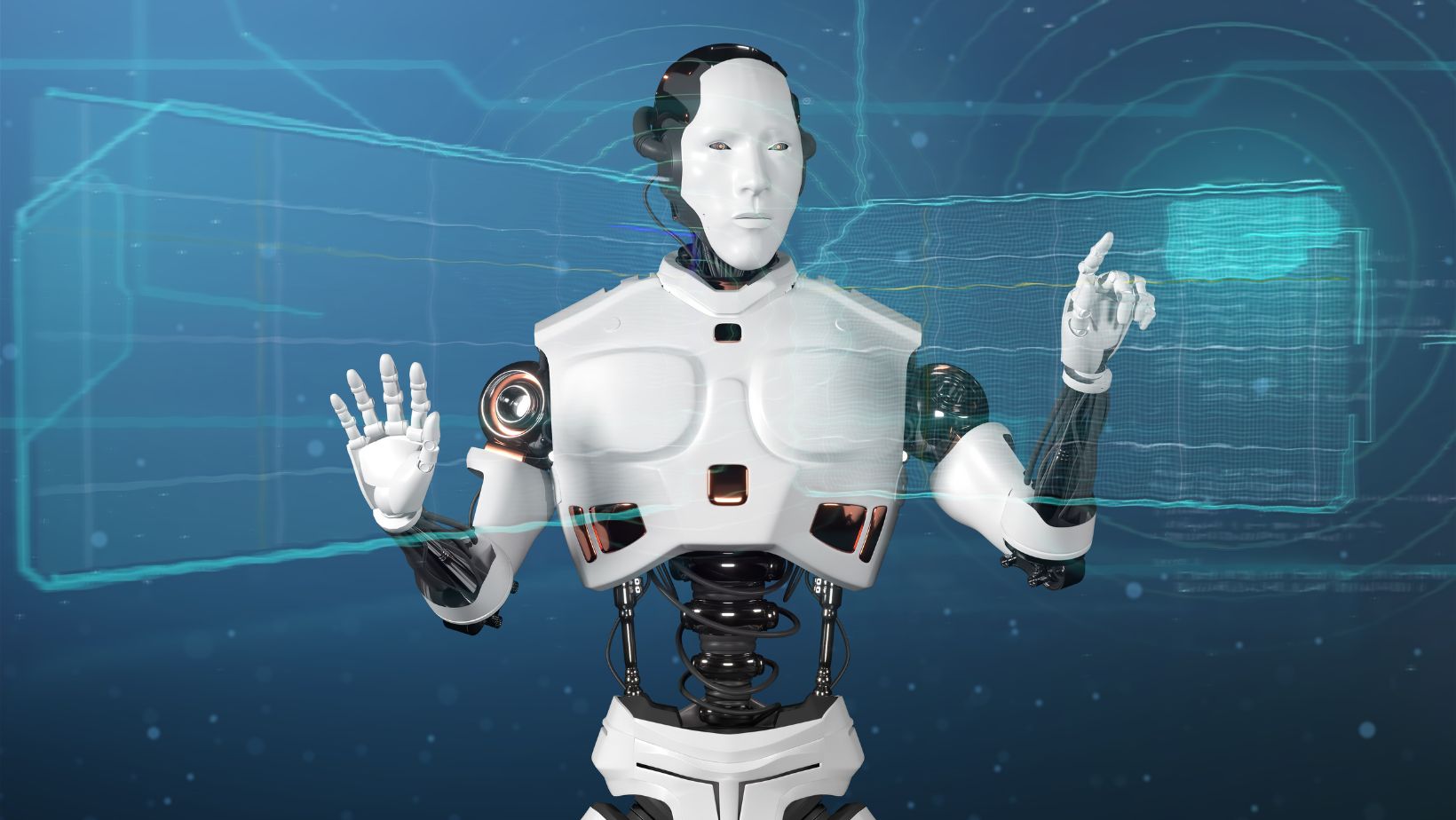
In the rapidly evolving world of technology, robotics and artificial intelligence (AI) have taken center stage. This revolution isn’t just transforming industries, it’s reshaping our everyday lives. Yet, understanding these complex fields can be a daunting task for beginners.
This guide aims to demystify robotics and AI, breaking down the basics in a way that’s approachable for anyone. Whether you’re a tech enthusiast, a student, or a curious mind, you’ll find this guide a handy resource to start your journey into the fascinating world of robotics and AI.
Understanding the Basics of Robotics and AI
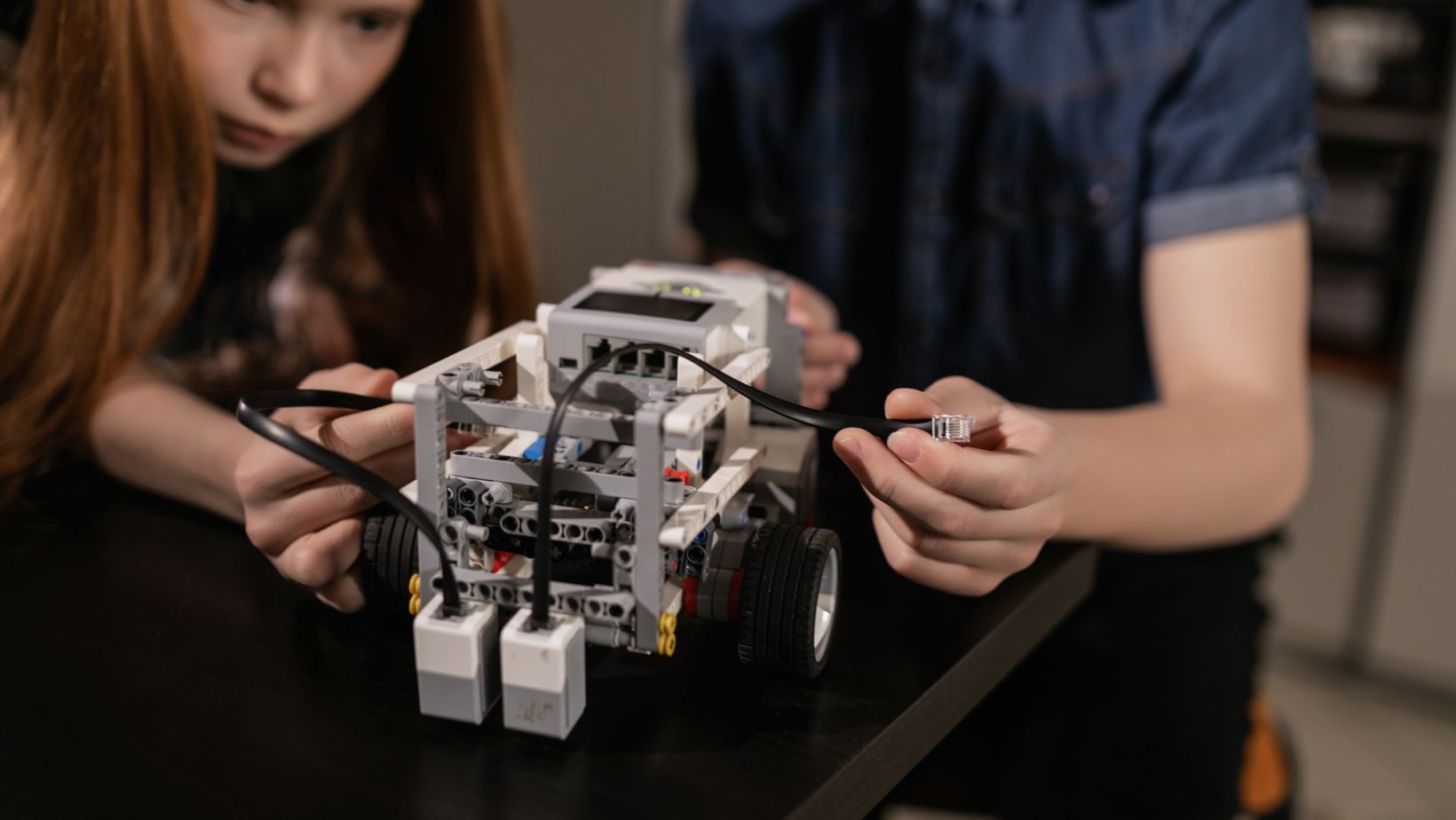
Grasping the basic principles of robotics and artificial intelligence (AI) enables not only a profound understanding but also the essential knowledge for potential future innovations. In this regard, beginners typically delve into two fundamental questions: What’s robotics? And what’s Artificial Intelligence? The following sections address these queries, starting with simplifying the key concepts related to robotics.
What is Robotics?
Robotics, a branch of technology, involves designing, constructing, operating, and applying robots. Robots, essentially machines, execute tasks automatically or under the guidance of a human operator. Noted for their precision and efficiency, examples include industrial robots that handle assembly-line processes, drone robots for aerial surveillance, and rover robots employed in space exploration. Robotics encompasses several interdisciplinary fields, such as mechanics, electronics, computer science, and even artificial intelligence.
What is Artificial Intelligence (AI)?
Artificial Intelligence refers to a branch of computer science that aims to imbue machines with intelligence akin to humans. Broadly classified into Narrow AI and General AI, the former specializes in performing a single task, like recommendation systems in online shopping, while the latter, though still theoretical, envisages an AI that possesses the intellectual capabilities comparable to humans. AI employs numerous techniques, including machine learning for studying patterns and making predictions, and natural language processing to comprehend and generate human language. AI, by leveraging the vast amounts of data, augments the decision-making abilities, substantially improving the efficiency and productivity of various industries.
AI and Robotics: Two Sides of the Same Coin?
From industrial operations to space exploration, the influence of both robotics and AI emerges as a prominent force. But the query arises, does a symbiotic relationship exist between these fields? Indeed, it does; both are integrally linked, forming the backbone of advanced automation. The subsequent sections elucidate this concept further.
The Intersection of Robotics and AI
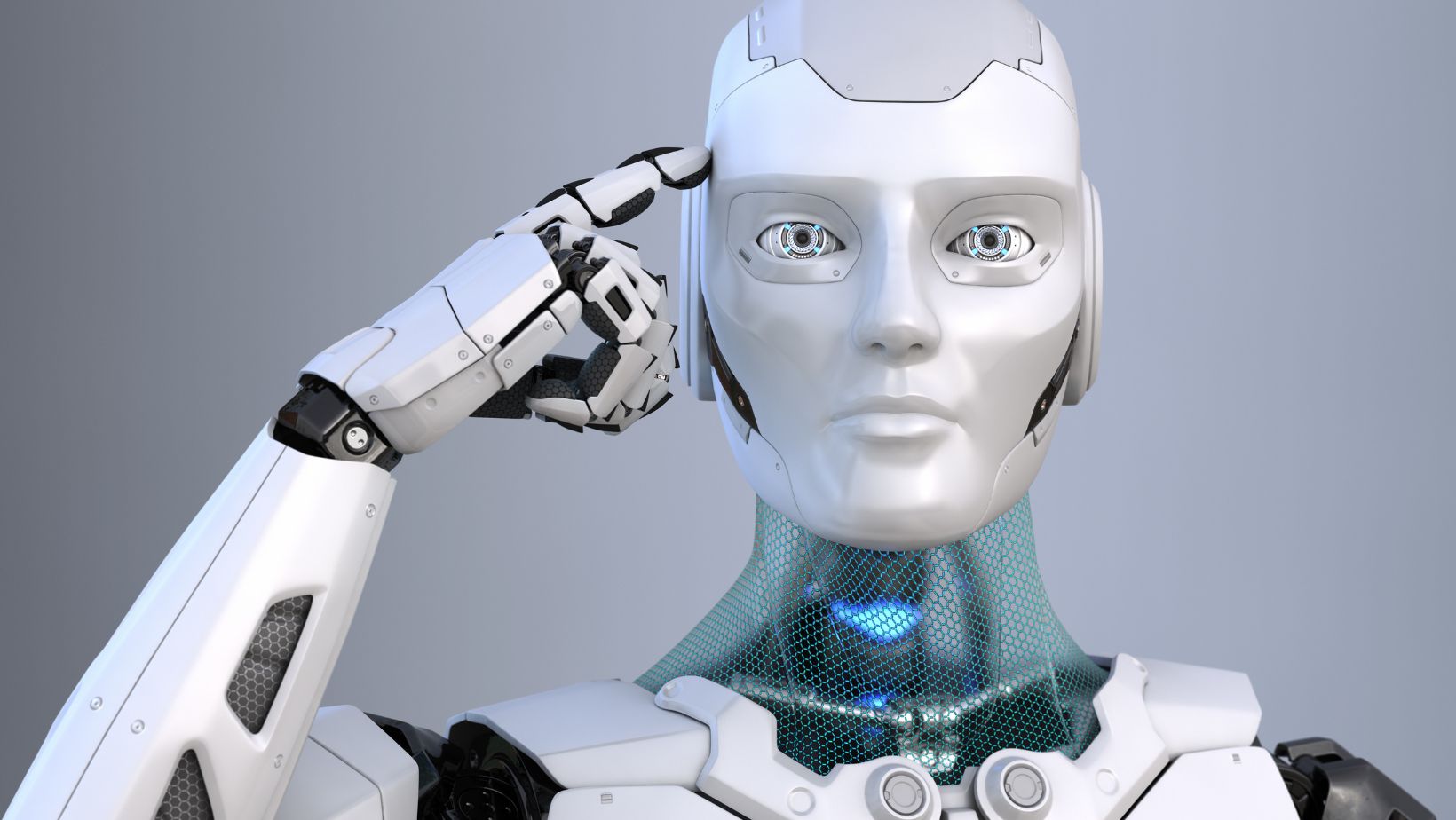
Robots are physical entities, capable of performing tasks autonomously or semi-autonomously. AI, on the other hand, forms the ‘brain’ of these robots, empowering them with capabilities to perceive the world, make decisions, and learn from experiences. The amalgamation of robotics and AI, hence, illustrates a perfect symbiosis where hardware meets intelligence.
Consider autonomous vehicles, for instance. This marvel of technology employs robotic elements such as sensors and actuators for maneuvering. Nevertheless, it’s the underpinning AI system, using machine learning and computer vision, that enables these vehicles to navigate, detect obstacles, and make decisions, thereby completing the picture.
Another example includes robotic arms in manufacturing. Hulling the physical entity is the robotic infrastructure that executes precise movements. However, it’s the integrated AI, capable of interpreting sensory data and making accuracy-critical decisions, that augments these arms to function with unprecedented precision.
How AI Powers Modern Robotics
Not merely a supplementary component, AI signifies an essential aspect of modern robotics. It equips robots with capabilities that extend far beyond just carrying out pre-programmed instructions. The prowess of AI lies in its ability to lend learning competency and decision-making skills to robots.
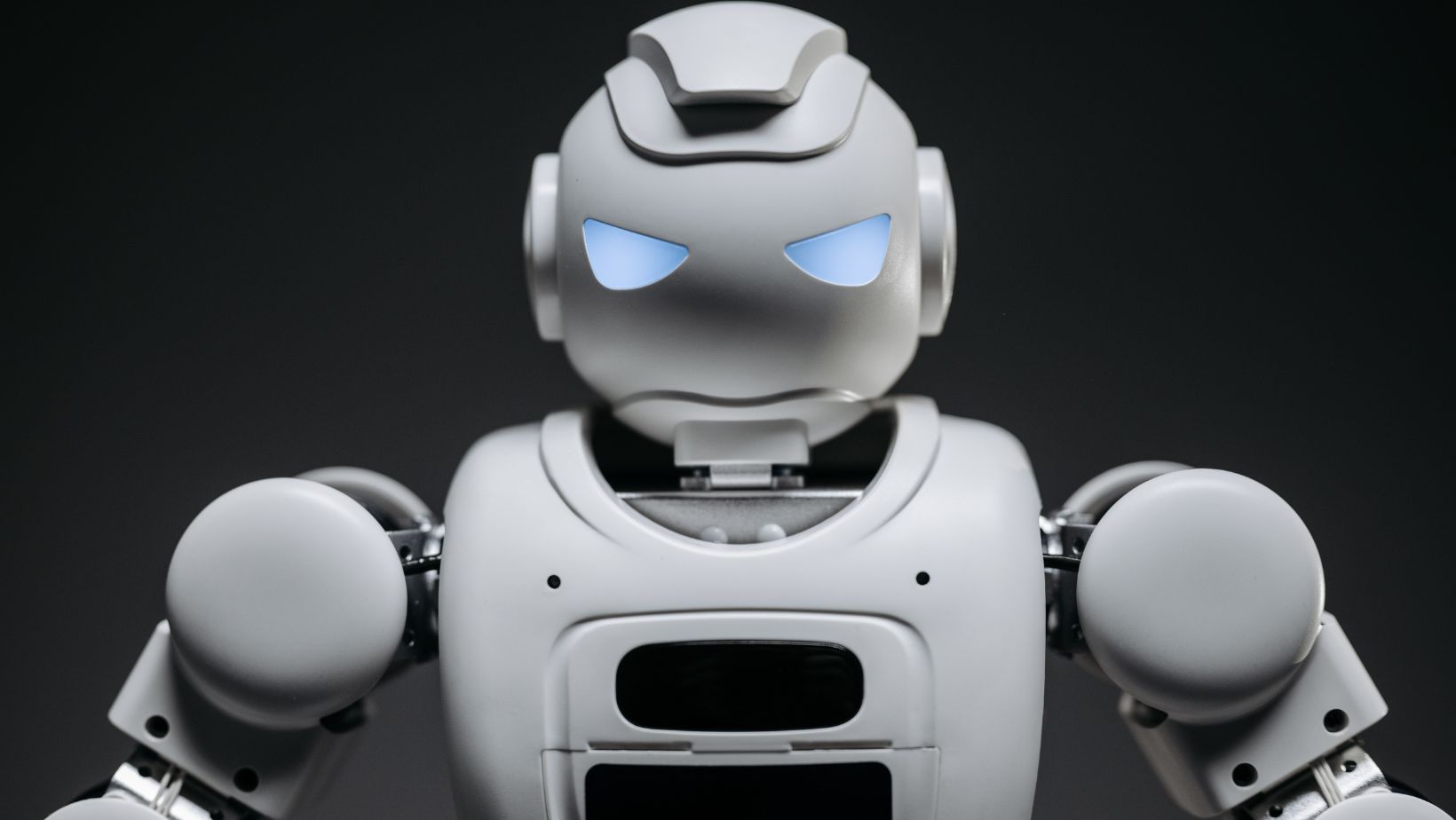
For instance, robots in customer service, like chatbots, employ AI to comprehend user queries, learn from interactions, and provide relevant responses. In the healthcare sector, AI-powered surgical robots can perform intricate operations, offering precision that surpasses human dexterity.
In sectors such as agriculture, AI-imbued robots effectively monitor crop health and automate irrigation systems. They analyze vast data sets about weather conditions, soil health, and crop growth trends to make decisions, demonstrative of how robots evolve from being mere tools to intelligent partners.
Hence, to answer the query stated in the heading, AI and robotics aren’t “two sides of the same coin”. AI actually manifests as the ‘mind’ that powers the ‘body’ of robotics. Together, they continue to redefine human imagination and drive technological frontiers further.

